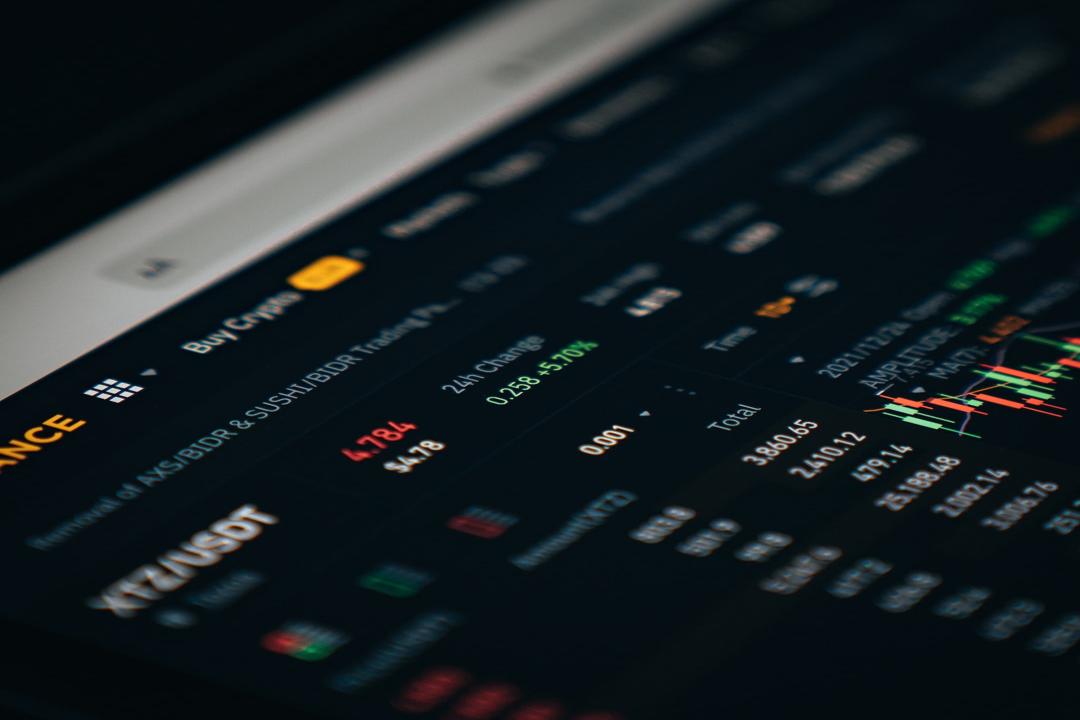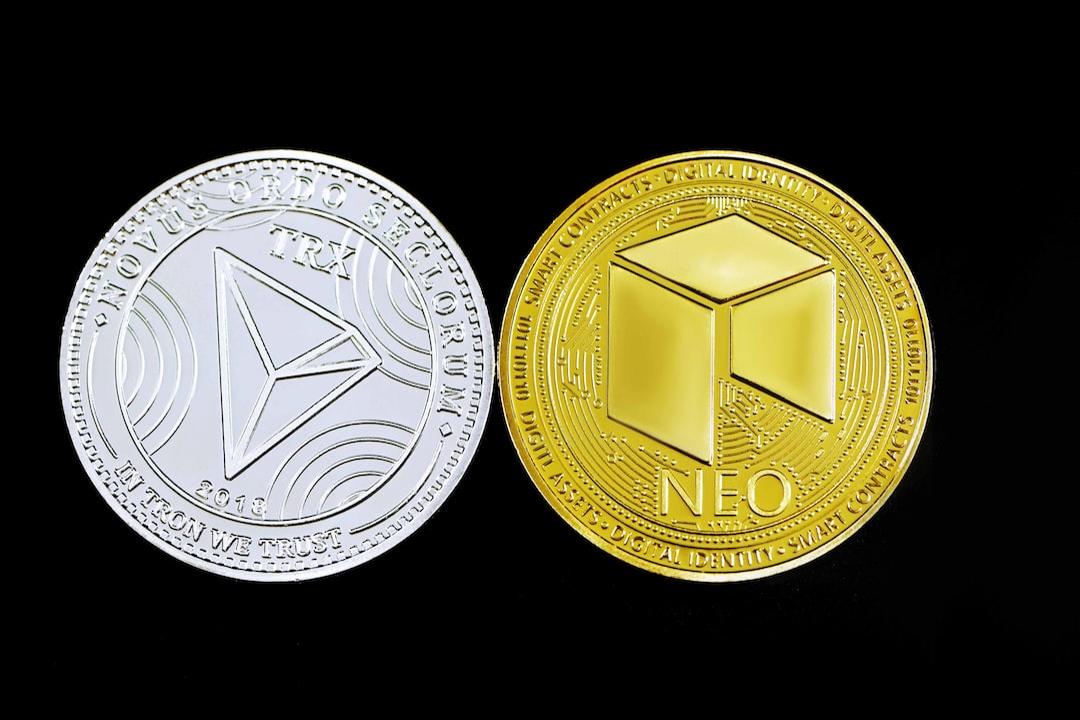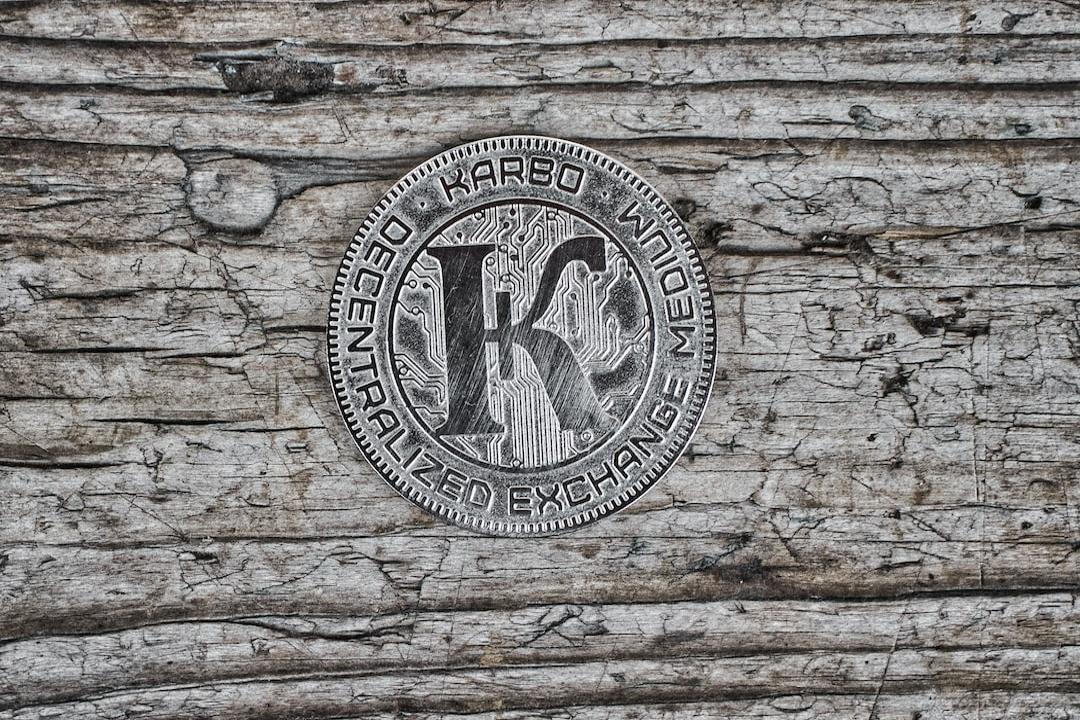Starting Point for Tracking Cryptocurrency Flow: Understanding the Tools
In the world of cryptocurrency, every transaction leaves a publicly traceable trail. This transaction data is not merely a stack of numbers; it contains rich market information and potential risk signals.
For professional traders, these tools are powerful instruments for gaining insights into market dynamics. They can directly track the movements of “whales,” or major cryptocurrency holders, thus seizing key investment opportunities. Additionally, by analyzing wallet activities, potential suspicious or illegal behaviors can be identified, allowing for proactive risk prevention.
However, tracking the flow of cryptocurrencies is akin to a detective solving a case; one must first master the tools at hand.
Blockchain explorers and data analysis platforms serve as magnifying glasses and analytical instruments for observing and interpreting on-chain data. These tools help users see the details of each transaction more clearly, track the footprints of funds, and analyze market trends.
Therefore, before delving into the techniques of cryptocurrency flow tracking, it is essential to understand these indispensable tools. This article will outline four common free cryptocurrency flow tracking tools, guiding readers on how to utilize them effectively.
Tool 1: Mainstream Blockchain Explorers
Blockchain explorers act like “search engines” for blockchain, enabling users to query any transaction or wallet record on-chain as easily as searching for information online.
Since each blockchain (such as Bitcoin, Ethereum, Solana, etc.) has unique technical architectures and data structures, it is necessary to use explorers designed specifically for these blockchains to correctly parse and display their data.
In other words, different blockchain networks will have different dedicated explorers. For example, Bitcoin commonly uses blockchain.com, while Ethereum uses Etherscan to find on-chain information.
The core functions of most blockchain explorers include:
- Transaction Query: Users can search and view all transactions on the Ethereum blockchain, including sender, receiver, transaction amount, Gas fees, and timestamps.
- Wallet Query: Users can check the balance and transaction history of any Ethereum wallet address, aiding in tracking fund movements and monitoring specific wallet activities.
- Contract Verification: Users can view the code, transactions, and events related to contracts.
- Token Tracking: Etherscan provides tracking for ERC-20 and other Ethereum standard tokens, allowing users to see token supply, holders, and transaction history.
- Block Information: Users can view block information on the Ethereum blockchain, including block height, miner information, and transaction lists.
- Gas Tracking: Etherscan offers real-time tracking of Gas fees, enabling users to grasp the current fee situation and choose optimal transaction timing, as well as historical records of Gas fees.
How to Query Transactions or Wallets via Blockchain Explorer?
Most blockchain explorers are quite intuitive, but it is essential for users to have a basic understanding of blockchain terminology and be able to “find” on-chain information. Below is a demonstration using Ethereum’s blockchain explorer Etherscan to check an on-chain wallet address.
Step 1: Go to the Etherscan website. First, enter the Etherscan URL: etherscan.io in your web browser.
Step 2: Use the search bar. There is a search bar at the top of Etherscan’s homepage where you can enter wallet addresses (Wallet Address), transaction IDs (TXID, also known as “transaction hash”), block heights (Block Height), token contract addresses (Token Contract Address), etc. For beginners, you can start by querying transactions from your personal decentralized wallet.
Simply find your MetaMask wallet address (usually displayed at the top of the app screen, starting with 0x), or a specific transaction hash (in the transaction records), enter the information, and click the “Search” button.
Step 3: Check the results. Based on the information entered, Etherscan will display the relevant search results.

You can see detailed information about the transaction, including sender, receiver, transaction amount, Gas fees, timestamps, etc. In addition to cryptocurrency transaction data, you can also see the overall wallet status or NFT transaction records. Cai Mengling, CEO of Ruike Financial Technology Co., Ltd., stated that he typically starts tracking cash flow using mainstream blockchain explorers like Etherscan and TRONSCAN. Especially during judicial investigations, reports to the court are primarily based on data from blockchain explorers to avoid concerns about software inaccuracies or unreal data.
Tool 2: OKLink
OKLink is a blockchain data analysis platform developed by OK Blockchain. Through the platform, users can query information from over 60 public chains, including mainstream public chains like Bitcoin and Ethereum, as well as various emerging blockchain networks, and view various on-chain data such as blocks, transactions, addresses, and track wallet and NFT transaction records.
OKLink is not just an accounting tool; it also shows how much cryptocurrency is in a wallet, how much transaction fee has been spent, and the earliest transaction time.
What’s even more impressive is that OKLink’s “On-chain Eye” feature turns complex transaction records into simple, understandable visuals, allowing users to easily track the flow of funds. For users who are not good at analyzing wallets, it provides wallets of cryptocurrency celebrities like Jay Chou and Vitalik Buterin, as well as cases of scams and high-risk wallets, helping users practice and identify potentially problematic wallets.

For investors, they can view information from major exchanges on the centralized institution asset dashboard page, including total assets, mainstream coins, and asset distribution, as well as track historical changes in on-chain assets to monitor any large transfers. For example, on February 21, the cryptocurrency exchange Bybit suffered the largest hack in cryptocurrency history, with over $1.47 billion worth of Ether transferred out unusually. From OKLink, one can see the changes in the exchange’s assets and where the hijacked funds were transferred.

Tool 3: Arkham
Arkham is a blockchain intelligence analysis platform that aims to make blockchain data more transparent, helping people gain a deeper understanding of on-chain behaviors and patterns. Its most distinctive feature is its ability to reveal real-world information behind anonymous blockchain addresses, such as X accounts, Opensea names, Ethereum domain names, etc.
Through AI algorithms and data analysis, Arkham transforms seemingly unrelated on-chain activities into clear and understandable intelligence. Users can track fund flows, understand address relationships, and obtain rich on-chain data.
How to Use Arkham?
Because Arkham can connect to real-world information, searching for industry whales becomes easier. Besides wallet addresses, simply entering a name keyword can lead to influential figures in the cryptocurrency industry.

After entering, four blocks will appear on the screen, displaying different data information.
- The content in the upper left corner is related to the wallet account’s investment portfolio, including personal holdings, asset distribution across different chains, and past portfolio changes.
- The upper right corner shows a time trend chart, illustrating the total holding value of the wallet address, the holding value of a single coin, and daily profit/loss or cumulative profit/loss trends.
- The lower left corner displays trading partners, including exchanges and major trading counterparties with significant cash flow interactions.
- The lower right corner presents transaction details, allowing users to filter for only incoming or outgoing related transactions.
In addition, Arkham also provides a flow visualization feature. By clicking on the “Visualization Tool” in the upper left corner and entering a wallet address or a person’s name/account name in the search bar, users can see the visual flow chart of the wallet.

The visual flow chart displayed resembles a person holding a bunch of balloons. The center represents the entered wallet account, while each circle in the chart represents a wallet address; green lines represent fund inflows, and red lines represent fund outflows. Users can click, drag, or zoom these circles (wallets) for classification as needed, or click the lines to view more detailed transaction information.
Tool 4: MistTrack
MistTrack is a cryptocurrency flow tracking tool developed by the blockchain security company SlowMist, specifically designed to track cryptocurrency transactions on the blockchain. With the proliferation of cryptocurrency, illegal activities on the blockchain have also increased. MistTrack provides robust support for anti-money laundering (AML), corporate compliance, and other needs. This tool currently offers a free plan, but the available features and the number of blockchains are naturally more limited.

The left side shows the inflow of funds, while the right side shows the outflow of funds. Users can click, drag, or zoom the circles (wallet addresses) on either side for classification, or click the lines to view more detailed transaction information.

